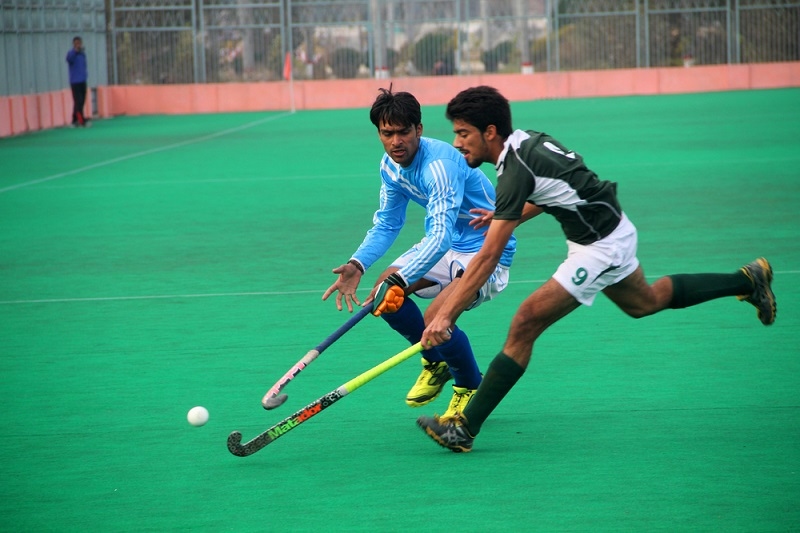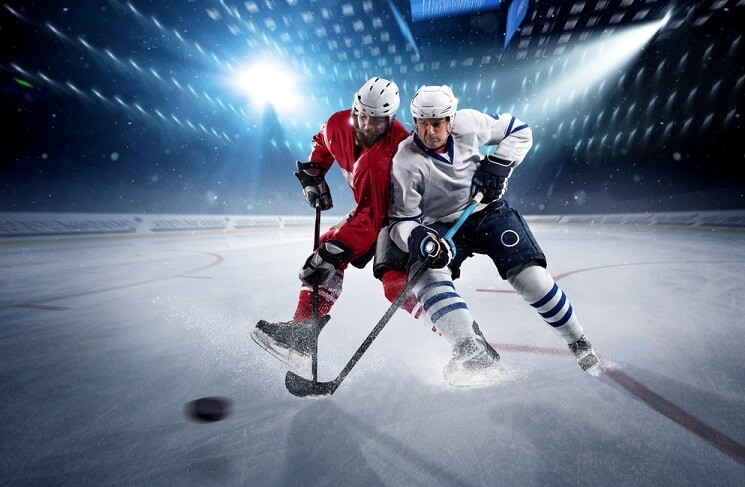
Imagine when you are playing a game of hockey during a winter night with the tempo set high and players skating hard. And all of a sudden, your teammate suffers a late hit from an opponent after releasing the pass. You notice the referee blows the whistle and signals a roughing the passer penalty.
This is something that starts debates among people regarding the referee’s call. However, to clearly understand the real reasons behind the call of roughing the passer penalty, you need to continue reading this blog.
The roughing the passer penalty is called when a player delivers a hit after the puck has already been passed. The contact is late, and it does not affect the play. Since the puck is gone, the hit is unnecessary.
The rule exists to protect players who make passes and then find themselves vulnerable. A passer’s focus is on moving the puck, not on bracing for a late check. If hits like this were allowed, players could be injured easily, and the game would turn unsafe.
By penalizing late hits, referees set boundaries which keeps the game physical, but also inform the players about the limits that they cannot cross.

Some of the most common scenarios where the referee calls for roughing the passer are listed below:
The most common case, where a player is hit right after a pass.
A late hit aimed near the head or shoulders.
When the puck is gone, but a passer is still pushed into the boards.
Even small shoves after a pass can be flagged.
A defender finishes a check well after the puck has left.
Each of these situations shows that roughing the passer penalty is not about stopping contact in hockey. It is about stopping contact that comes too late to be part of the play.
The unnecessary roughness penalty is another call that fans often hear. Unlike the roughing the passer penalty, it is not limited to late hits after passes. It covers many actions that cross the line.
A shove after the whistle, a hit on a player already down, or force that is clearly not needed during play can all be considered unnecessary roughness. This penalty reminds players that intensity is welcome, but reckless behavior is not.
Both penalties overlap in purpose. They make sure the game is hard but also fair. They reduce the chance of injuries caused by frustration or late hits that do not serve the flow of play.
The roughing passer penalty is specific to situations after a pass. But hockey also has broader rules that cover rough play in general. The main one is the roughing penalty hockey rule.
Fans sometimes confuse these terms because they sound alike. Roughing the passer is one form of roughing. Roughing penalty hockey is the bigger category. Together, they show how the game separates normal checks from hits that go too far.
Now, it may sound unusual to mention kickers in a hockey discussion. But comparing penalties across sports makes the rule easier to understand.
In other sports, there is a penalty for roughing the kicker. A kicker, like a passer in hockey, is vulnerable after making their move. Once they kick the ball, they are off balance and cannot protect themselves. A late hit on a kicker is flagged just like a late hit on a passer in hockey.
Both rules share one purpose: protect players in moments when they are defenseless.
The roughing the kicker penalty is not just about contact. It is about dangerous contact. Hitting the plant leg of a kicker, tackling them to the ground, or knocking them over after the ball is gone all qualify.
The comparison shows why hockey has its own rule for passers. Just as kickers need protection when they cannot defend themselves, passers in hockey need it too. The names differ across sports, but the goal remains the same.
The roughing penalty hockey is one of the most common penalties called during games. It covers actions like punching, shoving, or using the stick in a rough way. Often, it is called when players get into small fights or skirmishes after the whistle.
The punishment is usually two minutes in the penalty box. But if the roughing is severe, referees can give more time or even eject a player.
The roughing the passer penalty fits within this larger roughing penalty hockey category. It simply focuses on late hits after passes, while roughing covers everything from scuffles to avoidable checks.
Hockey is known for its speed and toughness. Players skate hard, check hard, and fight for every puck. Without rules, the game could quickly turn dangerous.
Penalties like roughing the passer penalty, unnecessary roughness penalty, and roughing penalty hockey protect players without removing the spirit of the game. They allow for strong, fair play while setting limits.
The message is simple that is to play hard, but play fairly.
Some fans say these penalties are called too often. They argue that hockey is meant to be physical, and penalties like roughing the passer take away its edge.
Others see it differently because they believe a player’s safety is more important and penalties are the only possible solution to safeguard them.
However, the truth is that referees have an extremely tough job and they must balance the natural physical style of hockey with the safety of players. All the calls that referee makes is certain to not please everyone, but these decisions are essential for the security of the players.
The roughing the passer penalty in hockey is about one simple idea: protect players who pass the puck and then face late hits. It connects closely with the unnecessary roughness penalty, the roughing the kicker penalty, and the wider roughing penalty hockey rule. Each one reminds players and fans that while hockey is tough, it must also be safe. These rules are not about slowing the game down but about keeping it fair and respectful for everyone on the ice.
This content was created by AI